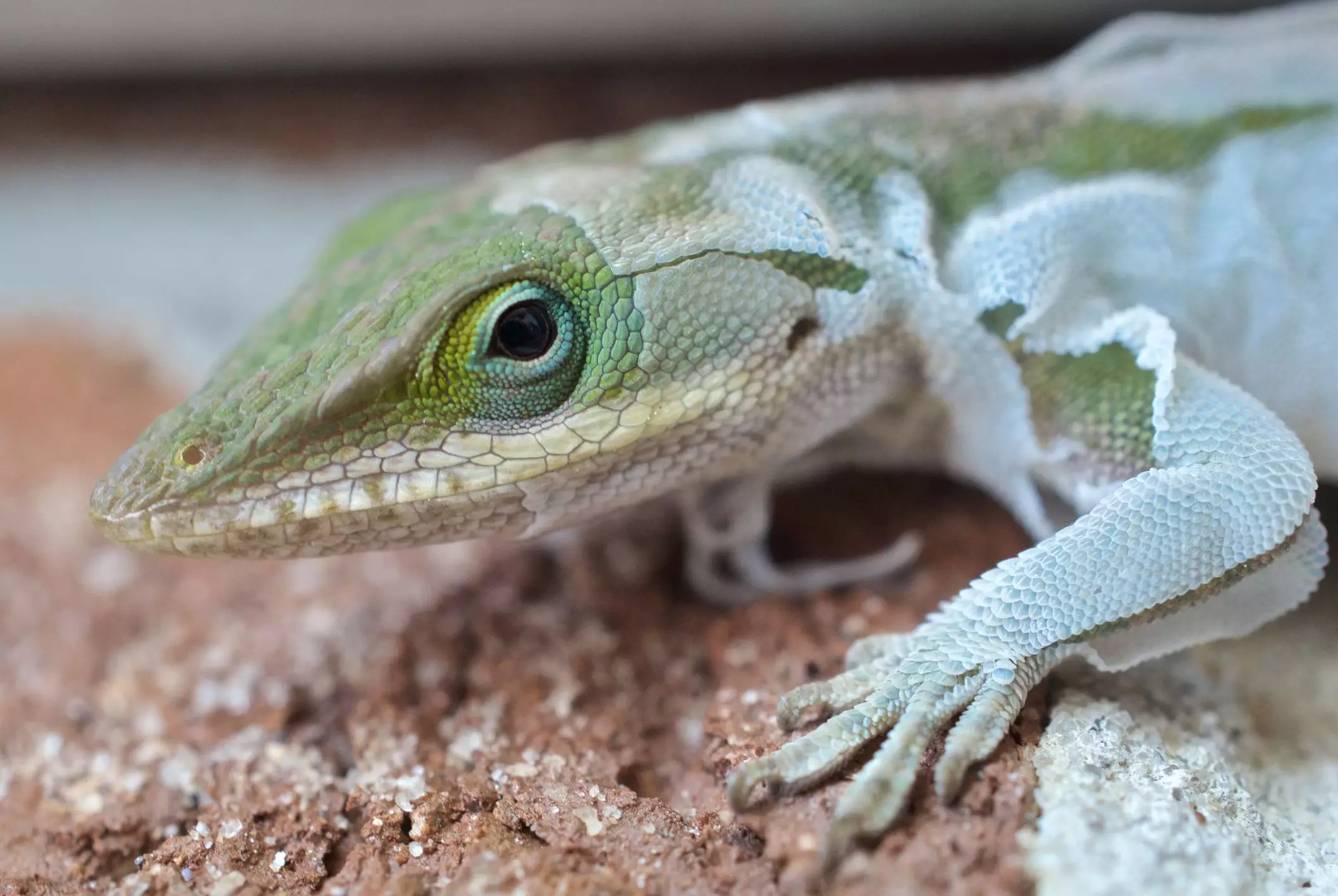Reptiles are fascinating creatures that undergo a remarkable shedding process, essential for their growth and health. However, when this natural process goes awry, the condition known as dysecdysis can occur, leading to significant health issues for the affected reptiles. This article aims to provide a comprehensive understanding of dysecdysis, including its causes, symptoms, diagnosis, and treatment.
Shedding, or ecdysis, is a normal physiological process in reptiles, allowing them to grow and remove old, damaged skin. Each species has its own specific shedding patterns dictated by factors such as age, health, and environmental conditions. Generally, a healthy reptile sheds its skin smoothly and regularly. However, dysecdysis refers to any abnormal shedding, where the skin fails to come off completely. This leaves behind layers of dead skin that can cause discomfort and pose serious health risks if not properly addressed.
Recognizing the signs of dysecdysis is crucial for the prompt treatment of affected reptiles. Symptoms may vary but commonly include:
– Skin Buildup: Observers may note a noticeable accumulation of dead skin, particularly in areas such as the limbs, tail, and around the eyes.
– Change in Skin Appearance: When the reptile sheds, its skin may lose its usual sheen, appearing dull or pale.
– Behavioral Changes: Affected reptiles may exhibit squinting eyes, a loss of appetite, and changes in activity levels.
– Physical Damage: As the dead skin tightens, it can restrict circulation, leading to serious complications, such as loss of limbs or blindness.
Early identification of these symptoms is crucial, as they can signal underlying health issues requiring immediate veterinary attention.
Several factors can contribute to the development of dysecdysis in reptiles:
– Environmental Conditions: The most prevalent cause of dysecdysis is inappropriate enclosure conditions, particularly low humidity. Reptiles require optimal humidity levels to facilitate the shedding process. Insufficient humidity can impede the shedding of skin.
– Skin Trauma: Rough handling or trauma to the skin can hinder the normal shedding process. Reptiles naturally shed their skin, and handling them during this time can lead to injury.
– Nutritional Deficiencies: Vitamin A is vital for skin health and cell regeneration. A deficiency can contribute to dysecdysis, manifesting as incomplete or problematic shedding.
– Infestations and Infections: External parasites, such as mites, can compromise the reptile’s health and may contribute to shedding issues. Additionally, infections may lead to systemic health problems that affect shedding.
Veterinarians play a critical role in diagnosing dysecdysis. The diagnosis process typically begins with a thorough physical examination and an assessment of the reptile’s environment and dietary history. The veterinarian may ask specific questions about husbandry practices and conduct tests to identify potential parasites or other health issues affecting the reptile. In many cases, a visual inspection suffices, but complex cases may need more in-depth testing.
The treatment of dysecdysis primarily focuses on resolving the underlying causes and relieving the symptoms. Careful removal of retained skin is usually necessary. Here are some effective approaches:
– Soaking: Providing a warm soak in shallow water can help loosen the dead skin, making it easier to remove. Care should be taken to avoid tearing the healthy skin beneath.
– Manual Removal: After soaking, gentle manual removal of excess skin can be performed. It’s crucial to do this delicately to prevent injury to the underlying skin.
– Humidity Chambers: In cases where humidity is a significant issue, constructing a humidity chamber using wet towels placed in a heated aquarium can aid in creating a more hydration-conducive atmosphere.
– Veterinary Care: Persistent dysecdysis that does not respond to at-home measures should be evaluated by a vet. They may recommend medications, dietary changes, or specialized treatments.
Preventive measures are far more effective than treating dysecdysis after it occurs. Maintaining optimal humidity levels and providing a suitable environment with adequate surfaces for rubbing against can mitigate the risk of shedding complications. Supplementing your reptile’s diet with appropriate vitamins can aid in its overall health, contributing to a smoother shedding process.
Understanding and addressing dysecdysis is essential for reptile owners who wish to ensure the well-being of their pets. Regular monitoring, coupled with proper care and environmental management, can help prevent this condition and promote a healthy shedding cycle.

